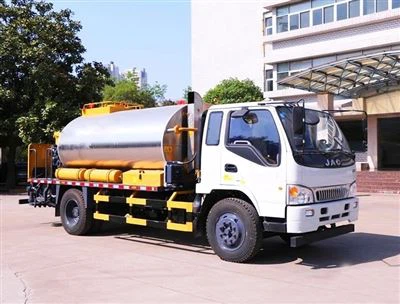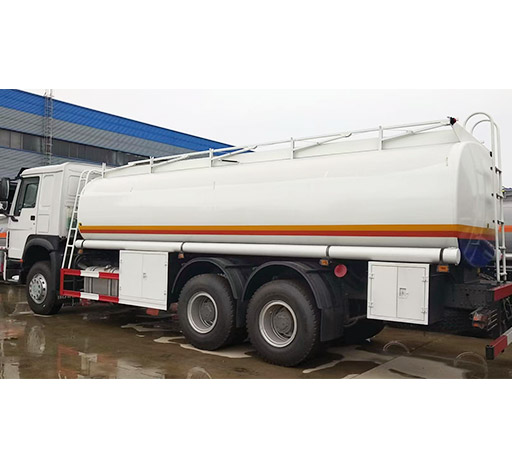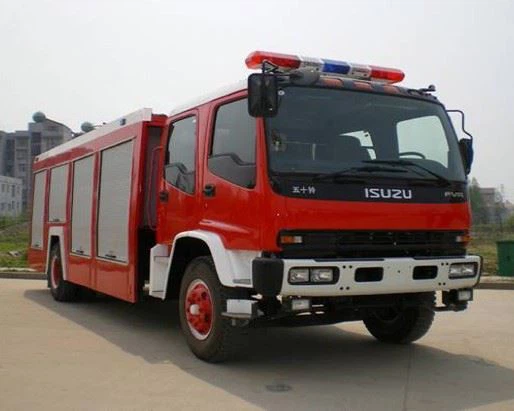Ultimate Guide to Street Cleaning Equipment: Keeping Our Cities Clean

Introduction
Street cleaning is vital for maintaining the cleanliness, safety, and aesthetic appeal of our urban environments. With increasing urbanization, the importance of effective street cleaning has become even more pronounced. To achieve efficient street cleaning, various types of equipment are employed, each designed for specific cleaning tasks. This comprehensive guide explores the different types of street cleaning equipment, their functionalities, best practices for usage, and tips for choosing the right equipment for your cleaning needs.
Understanding Street Cleaning Equipment
What is Street Cleaning Equipment?

Street cleaning equipment encompasses a range of machines and tools designed specifically for the removal of debris, dirt, and waste from streets, sidewalks, and public areas. These machines are essential for keeping urban spaces clean and reducing pollutants that can negatively impact the environment.
Types of Street Cleaning Equipment
The right street cleaning equipment varies based on the specific cleaning requirements and environment. Here are some common types of street cleaning equipment:
1. Street Sweepers
Street sweepers are the most common type of street cleaning equipment. They come in various sizes and capabilities, from small, compact models for narrow streets to larger machines suitable for highways. They primarily utilize brushes and suction mechanisms to remove debris and dust.
2. Vacuum Trucks

Vacuum trucks are specialized vehicles equipped with powerful suction systems that can remove and transport waste, water, and debris. They are particularly useful for cleaning large areas and have the capacity to handle more significant waste volumes.
3. Power Washers
Power washers use high-pressure water streams to remove stubborn stains, grease, and grime from surfaces. They are perfect for cleaning sidewalks, pavements, and other hard surfaces where traditional sweeping might not be sufficient.
4. Manual Tools
Manual tools, such as brooms, shovels, and litter pickers, are often used in conjunction with mechanical street cleaning equipment. They are essential for cleaning hard-to-reach areas and picking up larger pieces of trash.
5. Leaf Collectors
During autumn, managing fallen leaves is a significant part of street cleaning. Leaf collectors are specialized machines designed to efficiently collect and vacuum leaves from the streets, preventing them from clogging drainage systems.
6. Road Washers
Road washers specialize in cleaning roads in a way that minimizes environmental impact. They often use recycled water and eco-friendly cleaning agents to ensure the cleaning process is sustainable.
Features to Consider When Choosing Street Cleaning Equipment
1. Type of Debris
Different types of street cleaning equipment are designed for various debris types. Choose equipment based on whether you are dealing with litter, leaves, or heavy sludge.

2. Size and Terrain
The size of the area that requires cleaning and the terrain type must be considered. Smaller, compact machines are suitable for narrow streets and sidewalks, while larger vehicles are better for highways and open areas.
3. Environmental Considerations
With increasing emphasis on sustainability, consider equipment that utilizes eco-friendly materials and processes, such as units that recycle water or have low emissions.
4. Ease of Use and Maintenance
Choose equipment that is user-friendly and easy to maintain, reducing downtime and increasing efficiency. Check if parts are readily available and if the equipment can be easily serviced.
5. Budget
Establish a budget beforehand and explore options that offer the best value without compromising on quality. Consider both the initial purchase price and long-term operational costs.
Popular Street Cleaning Equipment Brands
A. Elgin
Elgin is known for manufacturing high-quality street sweepers. Their products are widely used across many municipalities for their efficiency and durability.
B. Tennant
Tennant offers a range of cleaning solutions including walk-behind sweepers and machine-operated sweepers, noted for their user-friendly features and effective cleaning capabilities.
C. Schwarze
Schwarze specializes in vacuum street sweepers, known for high performance and reliability in various cleaning conditions.
Best Practices for Using Street Cleaning Equipment
1. Regular Maintenance
Equipment should be regularly maintained to ensure optimal performance. This includes checking parts, replacing filters, and cleaning components to minimize breakdowns.
2. Training Personnel
Training operators on the proper use of equipment is crucial. Well-trained personnel will use the machines efficiently and reduce the risk of accidents.
3. Scheduling Cleaning
Establish a regular cleaning schedule based on traffic patterns and seasonal needs. This will help maintain cleanliness and prevent the accumulation of debris.
4. Environmental Impact Awareness
Be mindful of the environmental impacts of street cleaning processes and aim for solutions that are sustainable, such as using biodegradable cleaning agents.
Case Studies: Effective Street Cleaning Programs
1. City of San Francisco
San Francisco has implemented an efficient street cleaning program that utilizes advanced street sweeper technology. They schedule regular cleanings and actively engage the community in keeping their streets free of litter.
2. City of Chicago
This city employs a mix of manual and mechanical street cleaning methods. Utilizing a fleet of vacuum trucks and street sweepers, Chicago effectively cleans its urban areas while promoting environmental sustainability.
FAQs about Street Cleaning Equipment
1. How often should streets be cleaned?
The frequency of street cleaning varies based on location, traffic volume, and environmental factors. Busy urban streets may need weekly or bi-weekly cleaning, while quieter neighborhoods might require monthly services.
2. What are the benefits of street cleaning?
Street cleaning helps reduce pollution, enhances public health by preventing waste buildup, improves aesthetic appeal, and can decrease the chances of flooding by keeping drainage systems clear.
3. Can street sweepers operate in inclement weather?
Most modern street sweepers are designed to function in various weather conditions, but extreme weather conditions such as heavy rain or snow might hinder operations.
4. Are electric street cleaners available?
Yes, there are electric street cleaners on the market. They are designed to be environmentally friendly, producing lower emissions compared to their diesel counterparts.
5. What maintenance is required for street cleaning equipment?
Regular maintenance includes checking fluid levels, cleaning filters, inspecting brushes, and ensuring all moving parts are lubricated for optimal performance.
6. Is it cost-effective to use street cleaning equipment?
Investing in proper street cleaning equipment can be cost-effective in the long run as it reduces labor costs, enhances efficiency, and promotes a cleaner environment, which can decrease public health issues related to pollution.
